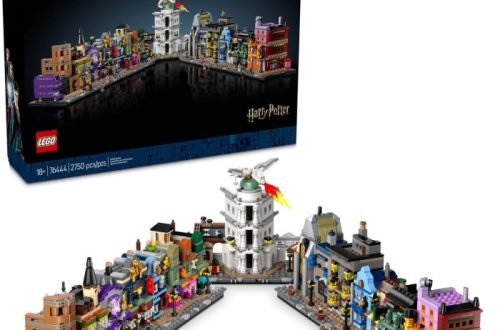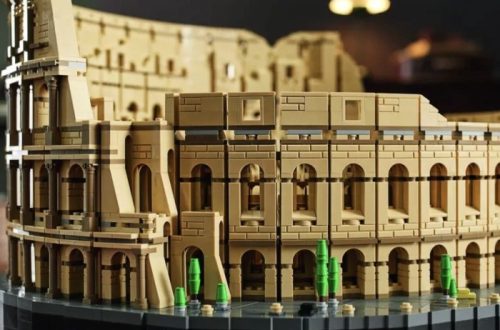Throughout history and fantasy, the dragon slayer sword has captivated imaginations. This weapon, often wielded by courageous heroes, embodies the ultimate defense against fire-breathing beasts. But what if such a blade could exist in our world? Can the raw power and efficiency needed to vanquish a dragon be translated into a real, functional weapon?
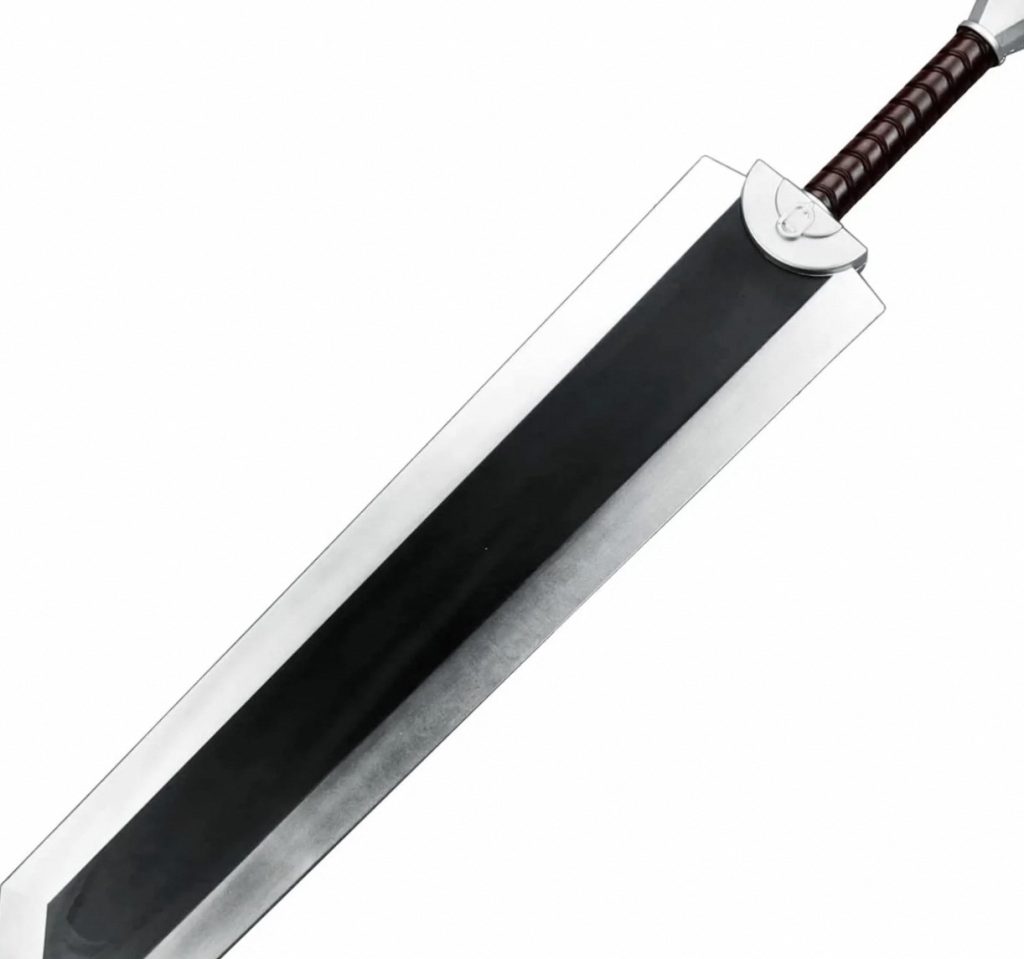
Part 1: Anatomy of a Dragon Slayer
Form Follows Function:
Unlike ornately decorated swords, the dragon slayer prioritizes functionality. Imagine a thick, heavy blade with a simple crossguard, designed for delivering devastating blows that pierce thick dragon scales. The show Forged in Fire might refine this basic design with subtle features to improve handling and lethality.
Material Might:
To withstand the clash with a dragon’s immense strength, the blade would require an exceptional steel. Forged in Fire contestants typically use high-carbon steels like 1095 or O-1 tool steel, which possess the ideal balance of maintaining a sharp edge while remaining structurally sound. These steels are known for their resilience and ability to hold a sharp edge even after repeated use, making them suitable for creating a formidable weapon like the Dragon Slayer. With their high carbon content, these steels can be heat-treated to achieve the desired hardness, resilience, and flexibility in the blade, ensuring it is capable of withstanding intense combat situations. Thus, the choice of steel for the Dragon Slayer would be critical, as it must not only capture the imposing size and weight of the legendary weapon but also possess the necessary strength and durability to confront mythical adversaries.
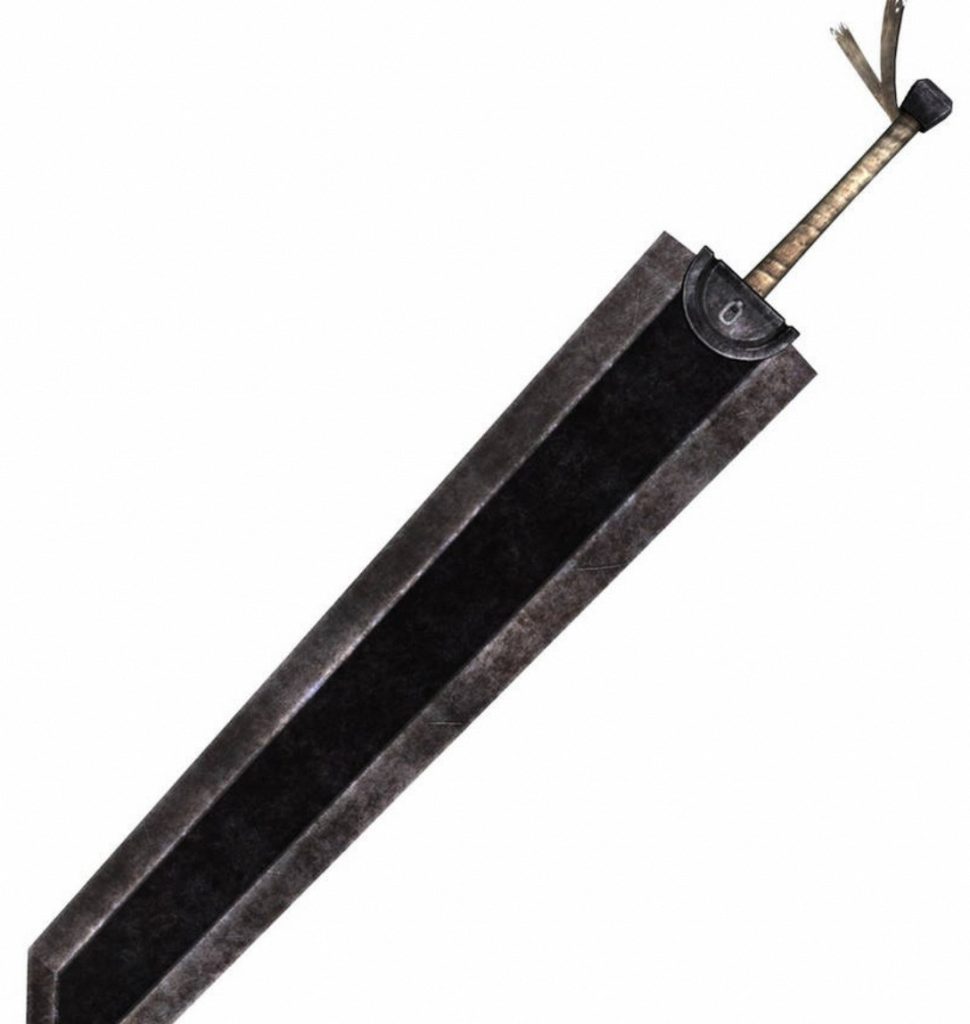
Part 2: The Forge Ignites
The Shaping of Steel:
The Forged in Fire challenge would involve manipulating the chosen steel to create the broad blade and robust tang (the part that extends into the hilt). This would be a meticulous process, demanding skill and strength from the competing bladesmiths. They would need to adeptly tackle the forging, shaping, and refining of the steel, ensuring that the finished product not only captures the imposing size and weight of the Berserk Dragon Slayer, but also possesses the necessary strength and durability to withstand intense combat situations. Paying close attention to the structural integrity and balance would be crucial, alongside highlighting the meticulous cycles of heating, quenching, and tempering necessary to achieve the desired hardness, resilience, and flexibility in the blade. Contestants would have to demonstrate their proficiency in these methods, ensuring that the finished product is a formidable weapon fit for the legendary status of the Dragon Slayer.
Heat Treatment:The Dance of Fire and Steel:
Once shaped, the blade undergoes a crucial heat treatment. This involves cycles of heating the steel to extreme temperatures, quenching it rapidly, and then tempering it to achieve the desired hardness and flexibility. The success of this process determines the blade’s ability to hold an edge and resist shattering under immense pressure.
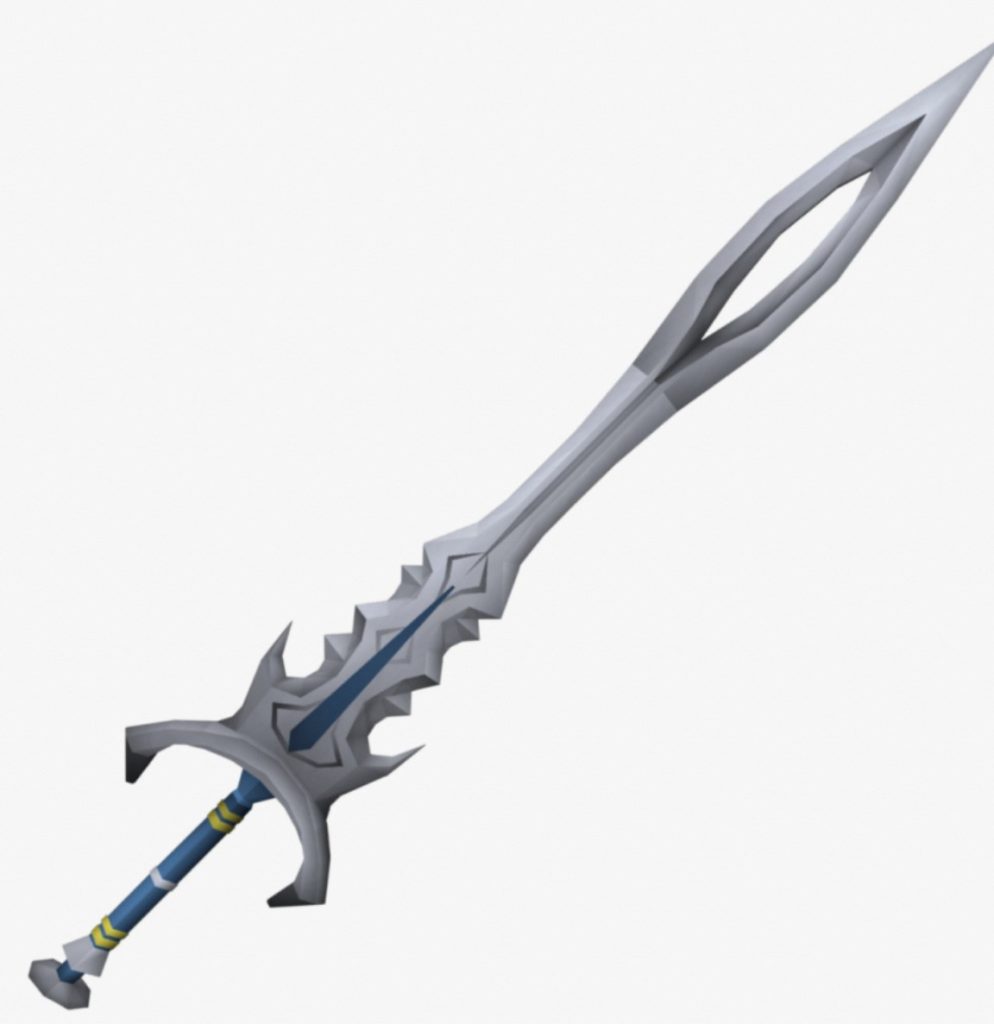
Part 3: Testing the Might of the Dragon Slayer
Strength Through Trials:
After emerging from the forge, the Forged in Fire dragon slayer replica would face a gauntlet of tests designed to mimic the rigors of combat. These might involve chopping through thick targets like bamboo bundles or specially treated materials designed to simulate dragon hide. Furthermore, testers will assess the sword’s edge retention and overall durability by subjecting it to repetitive strikes against hard materials. They will closely scrutinize the blade’s resilience and structural integrity to ensure it can withstand the demanding nature of dragon slaying. Additionally, they will put the sword’s balance, handling, and maneuverability to the test in dynamic scenarios, such as simulated combat drills. These tests would assess the sword’s practicality, efficacy, and overall performance as a weapon designed to confront mythical adversaries.
Wielding the Legend:
In the final test, a skilled swordsman would attempt to wield the Dragon Slayer, assessing its balance, weight distribution, and overall effectiveness in simulated combat scenarios. This crucial test would reveal whether the Forged in Fire creation, despite its size and power, could be a viable tool in the hands of a determined dragon slayer. The swordsman’s assessment would provide insight into the practicality of the blade, gauging its maneuverability, handling, and adaptability in various combat situations. The test would also determine whether the sword’s imposing size and weight could enhance or impede its usability and effectiveness in battle. By subjecting the Dragon Slayer to practical combat trials, the show would ensure that the finished product not only embodies the legendary status of the weapon but also meets the practical requirements of a formidable and reliable tool for vanquishing mythical beasts.
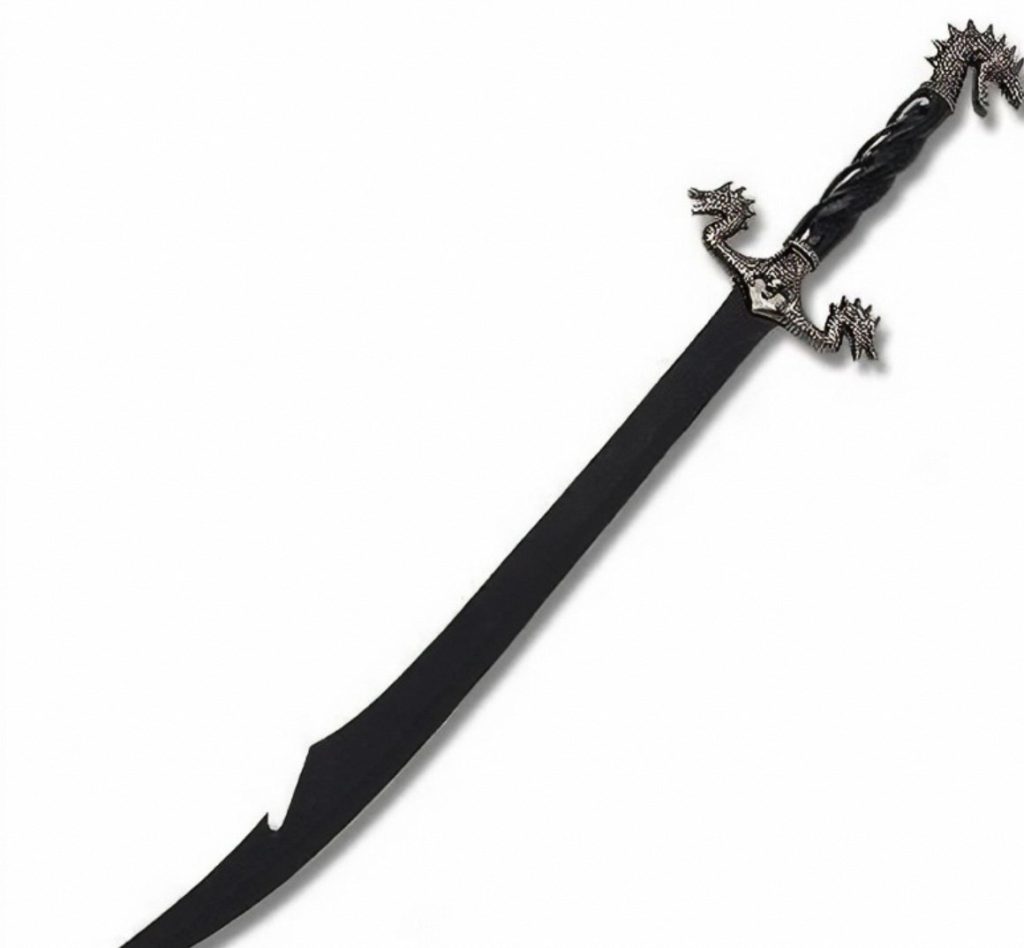
Part 4: Beyond the Forge: Reality and Myth Collide
Practical Limitations:
Even a scaled-down Dragon Slayer would likely be a cumbersome weapon due to its immense size and weight. While these characteristics would favor powerful swings against heavily armored opponents, they would also limit its use in faster-paced combat or confined spaces. Therefore, in a more practical sense, the Forged in Fire would likely need to balance the size and weight of the Dragon Slayer. This would allow for a single, strong wielder to effectively and maneuverably use it in battle. Scaling it down to a more manageable and functional proportion would maintain its formidable and iconic status, making it a more realistic weapon for use in combat. This approach ensures that its sheer size does not hinder its effectiveness in combat while still retaining the weapon’s legendary power and impact on the battlefield.
The Realm of Enchantment:
The fantastical elements of the Dragon Slayer, as depicted in myth and fiction, lie beyond the scope of Forged in Fire. Legendary blades are often imbued with magical properties, gaining strength as they slay dragons or possessing the power to cleave through any armor. The Forged in Fire challenge celebrates the art of crafting historical and fictional weapons, but remains grounded in the realities of metallurgy and human limitations.
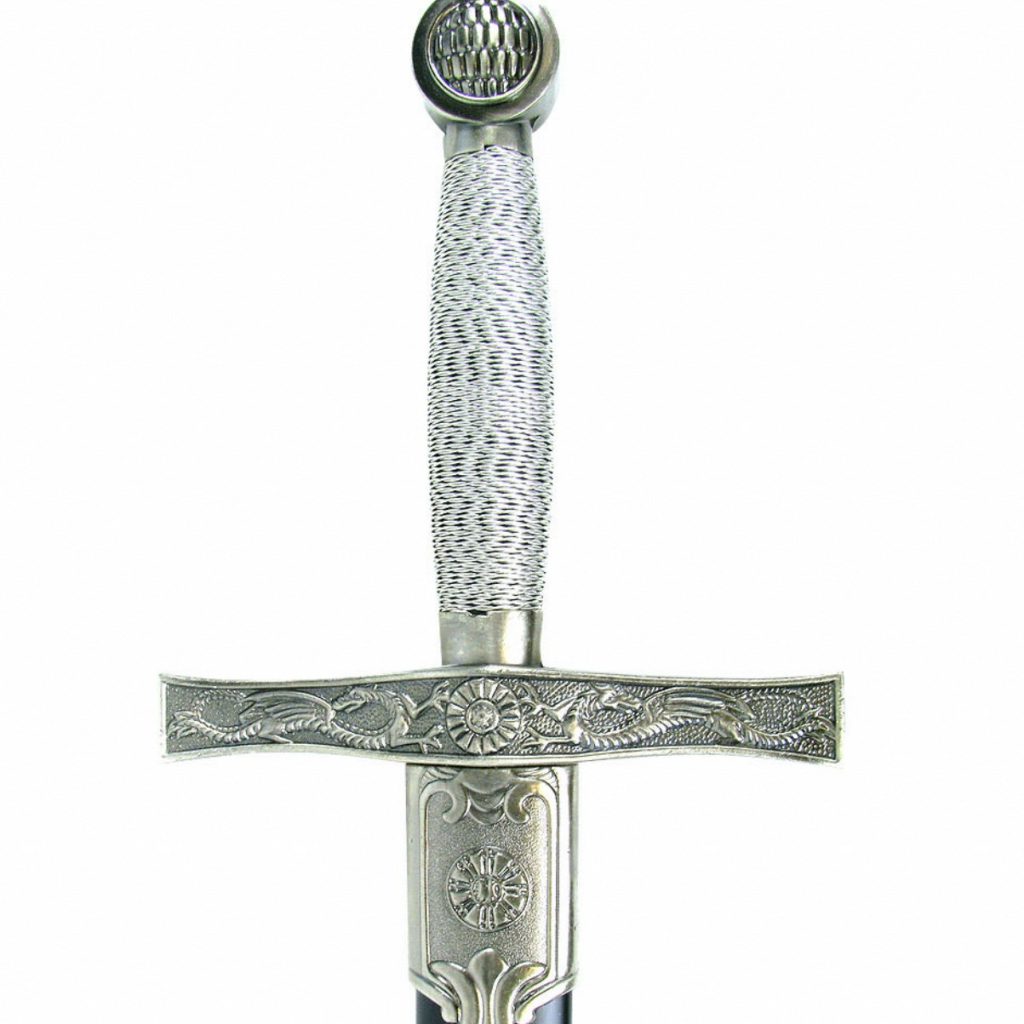
In conclusion, a Forged in Fire episode dedicated to the Dragon Slayer would be a thrilling exploration of forging a weapon designed for an epic battle. While the resulting blade wouldn’t possess the mythical properties of its legendary counterpart, it would offer a fascinating glimpse into the practicalities of creating a weapon capable of facing a legendary foe.
